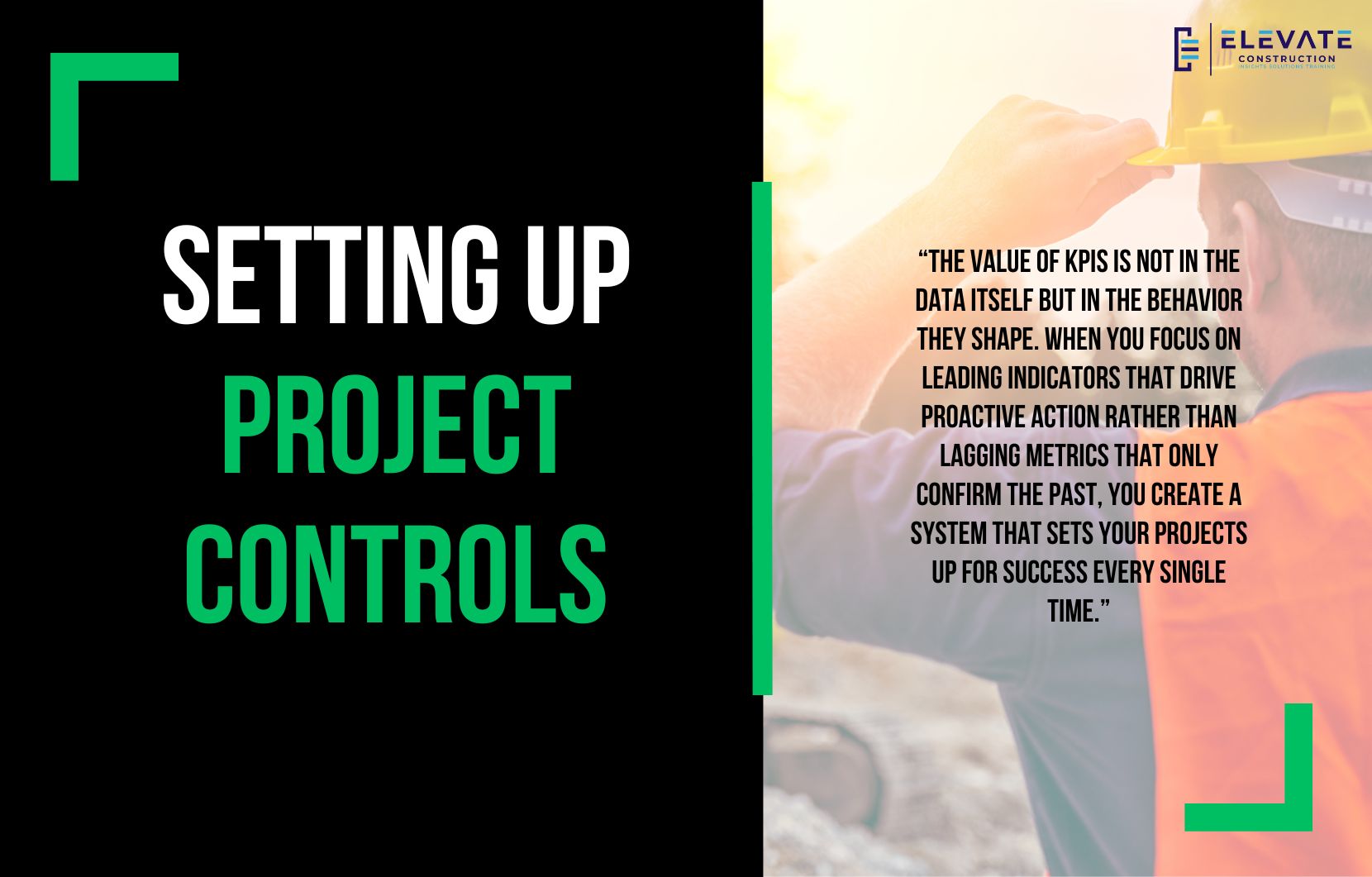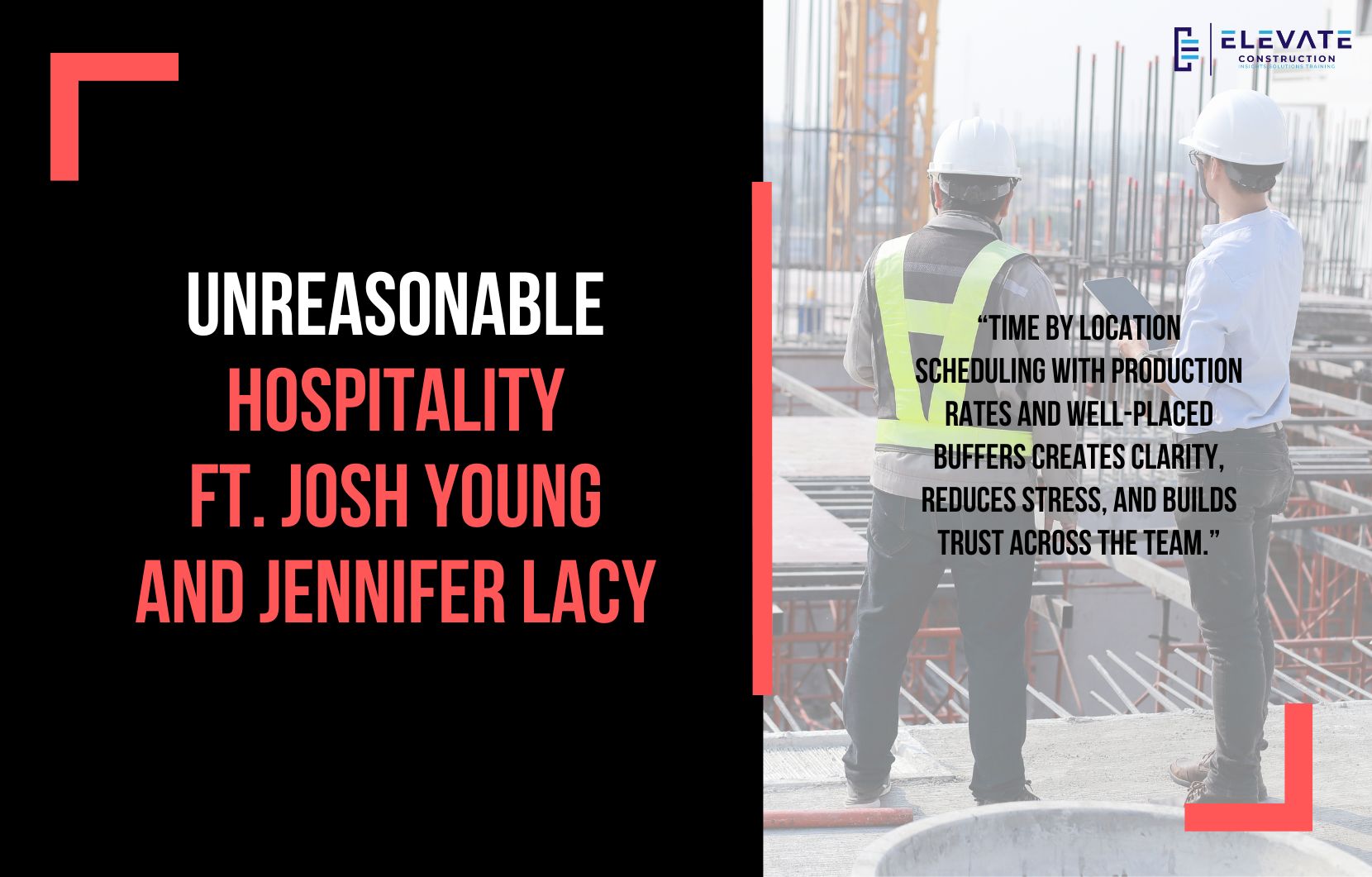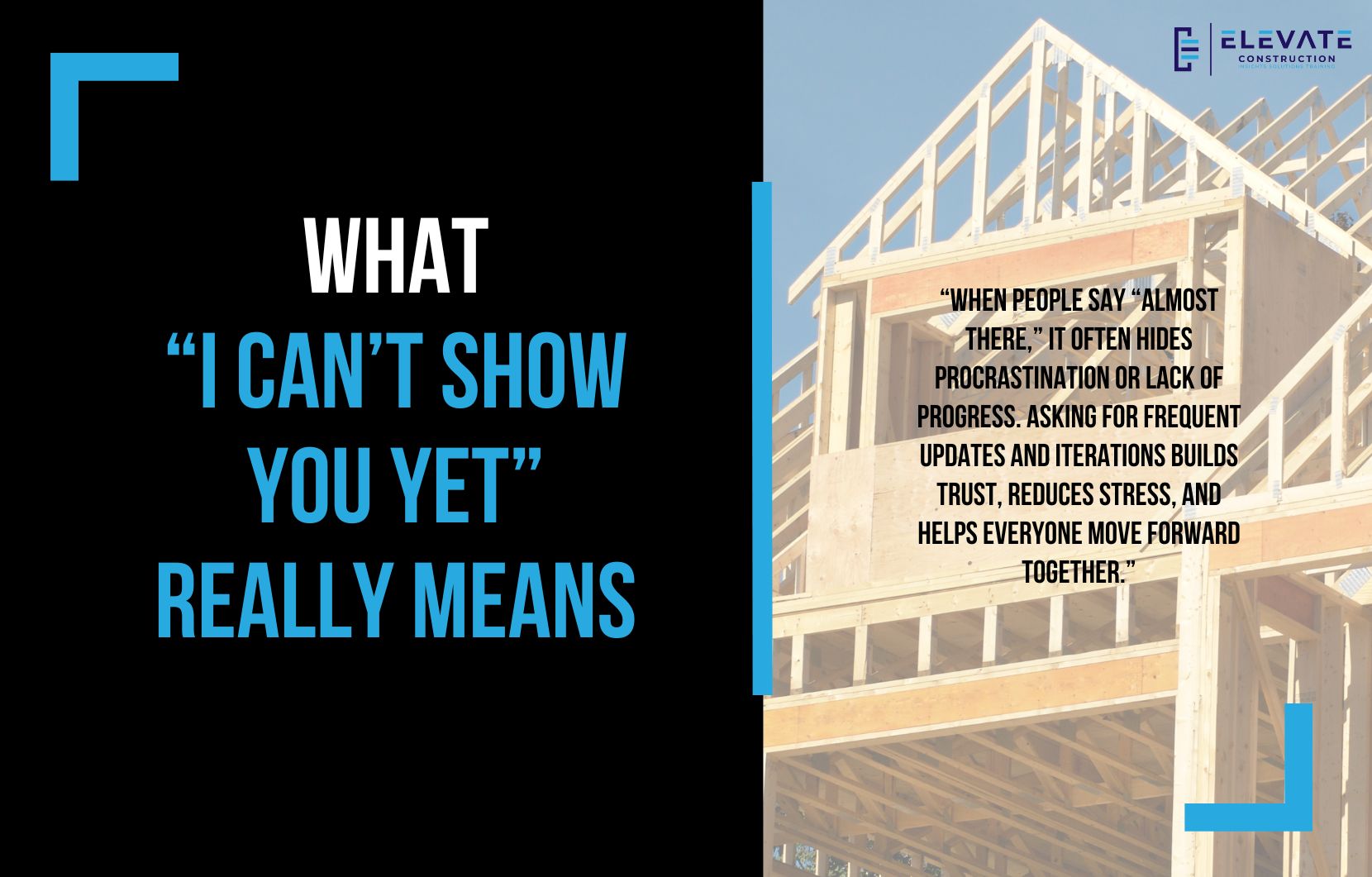Building Stronger Projects with the Right KPIs
I recently received a fantastic question from a listener, and I wanted to dedicate this blog to answering it. The question was about establishing KPIs while standing up a project controls department for a large GC. This is such an important topic because the way we measure and track performance directly shapes behavior on our projects.
The Power of Project Controls
When a company takes the step of creating a project controls department, it signals maturity and readiness to scale. It sets standards, provides guardrails, and ensures consistency across projects. Without this type of structure, teams often end up doing things their own way, which makes it impossible to track progress consistently.
I have always believed in this principle. You find or create your operating system, you train people on it, and then you hold them accountable through regular reviews and measurements. If you only write it down but do not train, no one will follow it. If you train but never review in the field, people will nod their heads and then go back to doing whatever they want. But if you train, measure, and hold people accountable, the system becomes real, even if it takes months to fully embed.
Choosing KPIs that Drive Behavior
Not all KPIs are created equal. Some can unintentionally drive the wrong behaviors. For example, if you only measure financials like net profit or overhead, teams may cut investments that are critical for long-term success. Or if you rely too heavily on earned value management, you risk increasing work in process beyond capacity, which can collapse productivity.
That is why I always recommend designing KPIs that track leading indicators, not just lagging ones. Lagging indicators tell you what already happened. Leading indicators tell you what behaviors are shaping the outcome right now, while you still have time to adjust.
Examples of Strong Leading KPIs
When it comes to quality, I like to see metrics around preconstruction meetings, percentage of first-in-place inspections, and whether crews are installing according to the visuals provided. These drive proactive behaviors rather than reactive fixes.
For scheduling, using takt planning opens the door to powerful KPIs such as remaining buffer ratio, handoff reliability, and average roadblock removal time. These measures tell you whether the system is functioning properly long before a schedule slips.
For financials, I like to see a strong projection sheet with anticipated gross profit, contingency tracking, risks and opportunities, and dollars attached to both. A risk and opportunity register is an incredibly valuable tool for this.
Procurement can also be measured through the percentage of projects with an active log, the percentage of trades bought out on time, and the health of long-lead procurement items.
And one of the most powerful KPIs of all is team health. A monthly score based on field walks, observations, and feedback can be more predictive of project success than almost anything else.
Bringing It All Together
At the end of the day, KPIs should not exist for the sake of data collection. They should exist to shape behaviors, identify problems early, and give teams the tools they need to succeed. The listener who asked this question is already on a great path, and I believe their efforts will create real consistency and efficiency as their company grows.
I encourage everyone to step back and ask, what are we measuring, and does it truly drive the right outcomes? That reflection alone can make a massive difference.
Key Takeaway
The value of KPIs is not in the data itself but in the behavior they shape. When you focus on leading indicators that drive proactive action rather than lagging metrics that only confirm the past, you create a system that sets your projects up for success every single time.
If you want to learn more we have:
-Takt Virtual Training: (Click here)
-Check out our YouTube channel for more info: (Click here)
-Listen to the Elevate Construction podcast: (Click here)
-Check out our training programs and certifications: (Click here)
-The Takt Book: (Click here)
Discover Jason’s Expertise:
Meet Jason Schroeder, the driving force behind Elevate Construction IST. As the company’s owner and principal consultant, he’s dedicated to taking construction to new heights. With a wealth of industry experience, he’s crafted the Field Engineer Boot Camp and Superintendent Boot Camp – intensive training programs engineered to cultivate top-tier leaders capable of steering their teams towards success. Jason’s vision? To expand his training initiatives across the nation, empowering construction firms to soar to unprecedented levels of excellence.
On we go










